What separates a good folk song from a great one is its ability to translate to any listener or performer, even when the song contains hyper-specific information about a certain individual or setting—a unique type of universality that Jerry Jeff Walker expertly captured with the title track to his 1968 album, Mr. Bojangles. Since its release, the song has evolved into a folk standard. Countless artists have covered the song, including the Nitty Gritty Dirt Band, Harry Belafonte, Nina Simone, and Bob Dylan.
Videos by American Songwriter
Each artist has added a new layer of interpretation and character to this classic country tune, which is only appropriate for a song that Walker once described as a “composite” of many different people.
Who Was The Original Mr. Bojangles?
According to songwriter Jerry Jeff Walker, that answer depends. On the one hand, there was a specific man who inspired Walker to write the song in the first place. Walker sings about the silver-haired man wearing a ragged shirt and baggy pants, dancing in a cell in New Orleans. His descriptions of the man’s actions are so vivid that it’s hard to imagine the song being about anything or anyone but one man in particular. But as the musician described in his memoir, Gypsy Songman, the subject of his 1968 song “is a composite. He’s a little bit of several people I met for only moments of a passing life.”
While Mr. Bojangles might have ended as an amalgamation of several characters, Walker traced back his key source of inspiration to a New Orleans jail cell over the 4th of July holiday weekend. Police arrested Walker after causing a scene with a woman in the French Quarter. He had insisted she was so beautiful he might be in love with her right then, and when she pressed back, calling him “foolish,” he decided to defend his right to fall in love with her at first sight by announcing his feelings on a table outside of Cafe Dumont. “Next thing I know, I was riding off in the patrol car and waving to the girl out through the window,” Walker later recalled.
Walker met the real-life Mr. Bojangles in that New Orleans First Precinct jail cell. In his memoir, the songwriter describes Mr. Bojangles as a “very gentle old man” who passed the time with Walker by telling stories of his life as a street performer.
Dylan Thomas Played A Role In The Song’s Creation, Too
Just as Jerry Jeff Walker’s “Mr. Bojangles” was about multiple people, the songwriter used more than one source of inspiration for the song’s actual format. In a later interview, months before his death in October 2020, Walker explained that he approached the song within the context of the folk school of music. He wanted to write a song that sounded “like it was 100 years old but current too. No matter when you bump into it, it always seems current. That’s what I wanted. That was the game.”
Walker had also been listening to a lot of Dylan Thomas poetry at the time, which utilized internal rhymes. After hearing a recitation of Thomas’ “Under Milk Wood,” Walker decided to try his hand at crafting a song that employed this waltz-like meter. Thinking of his time in the New Orleans First Precinct jail on that fateful holiday weekend in the late 1960s, Walker wrote, He said, ‘I dance now at every chance in honky-tonks for drinks and tips. But most of the time I spend behind these county bars ‘cause I drink a bit.
Since its 1968 release, countless artists have reinterpreted Walker’s “Mr. Bojangles,” including Sammy Davis Jr., Bob Dylan, John Denver, Harry Nilsson, Nina Simone, and many others. And in a way, this impressive list of cover artists proves that Walker succeeded on his mission of creating a song that simultaneously feels old and new, universal and hyper-specific, sad and joyful.
Photo by Bei/Shutterstock

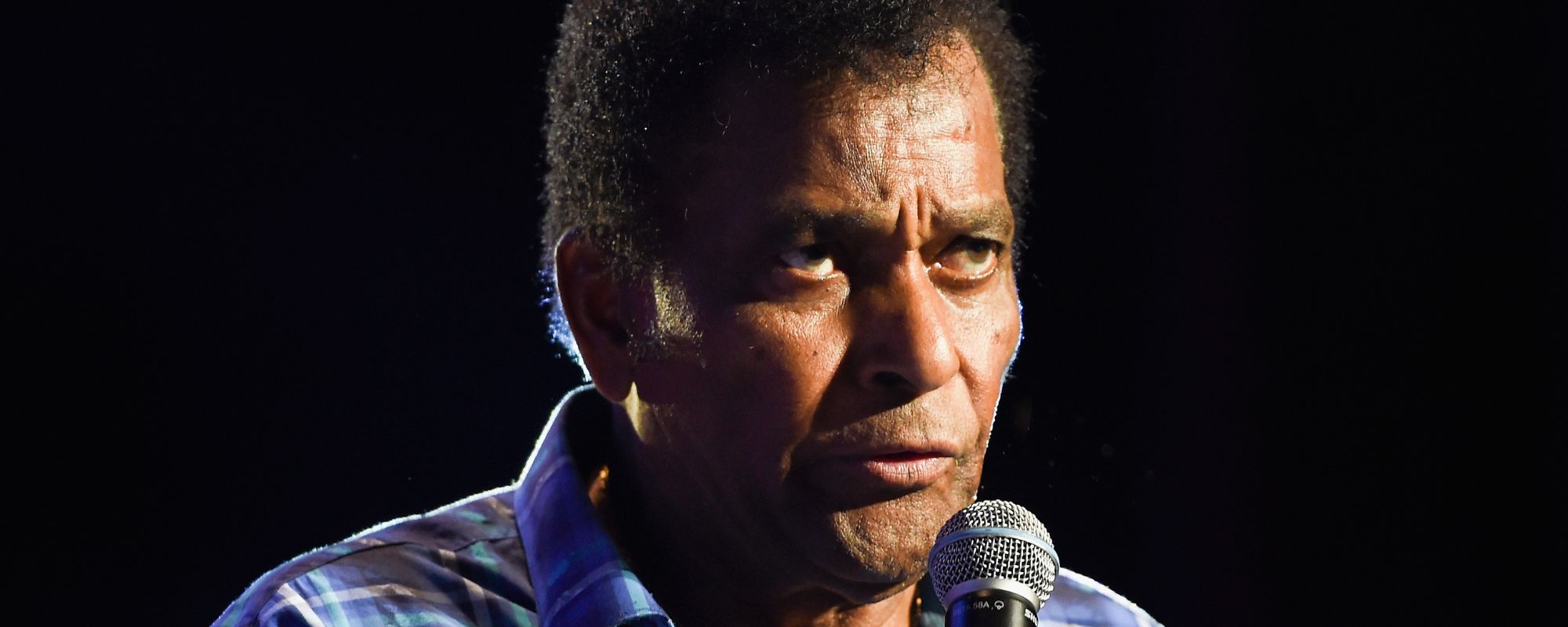


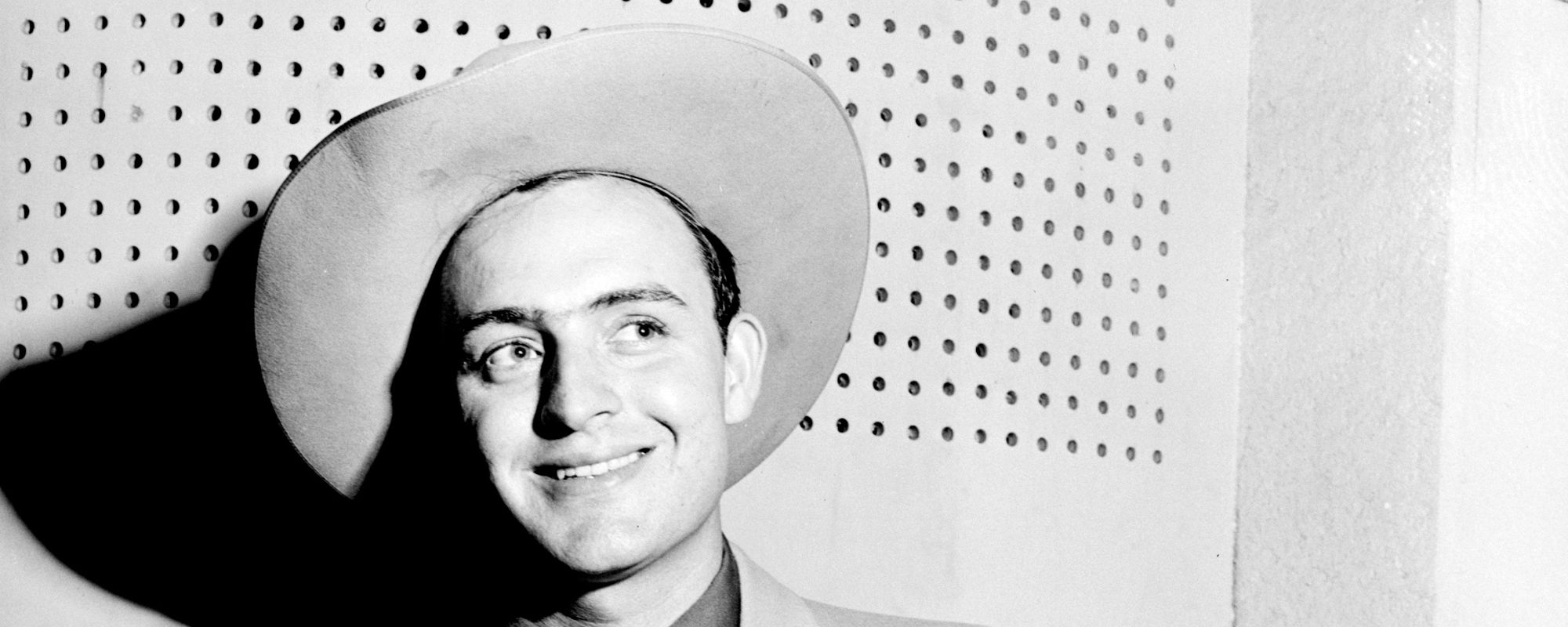



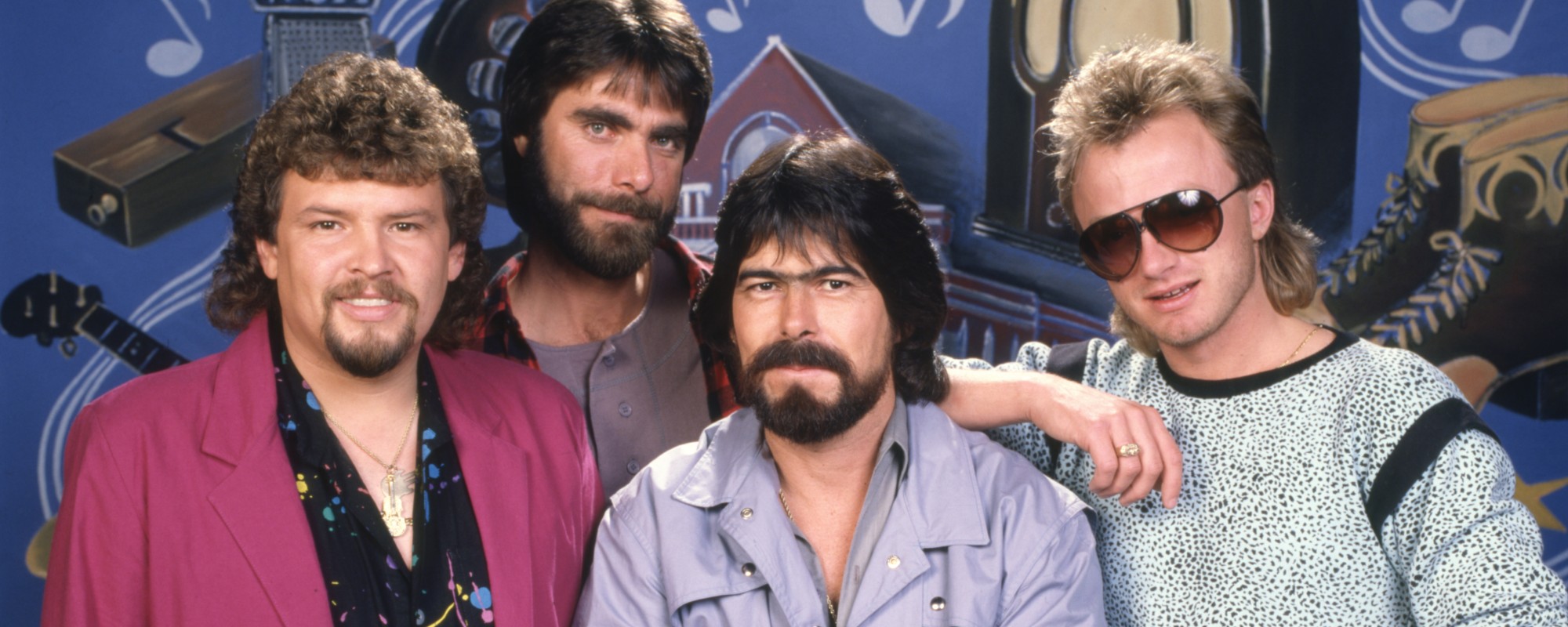
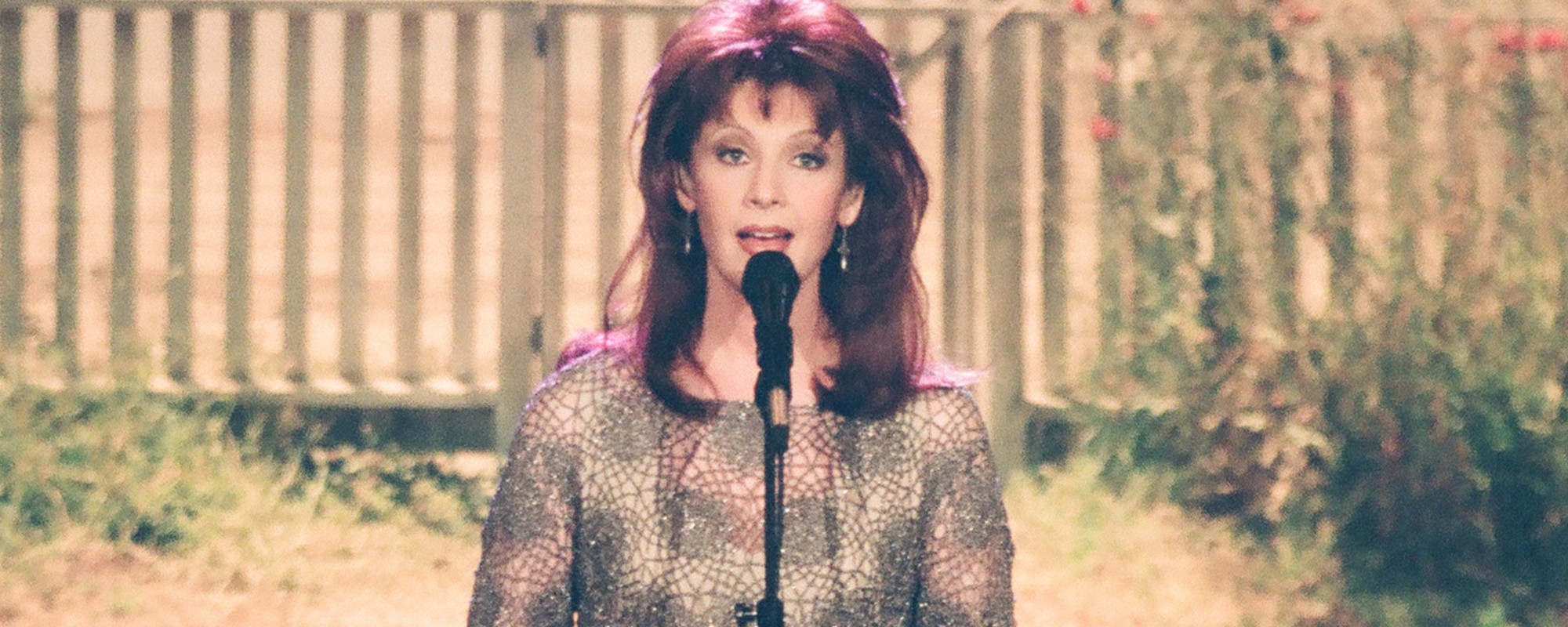
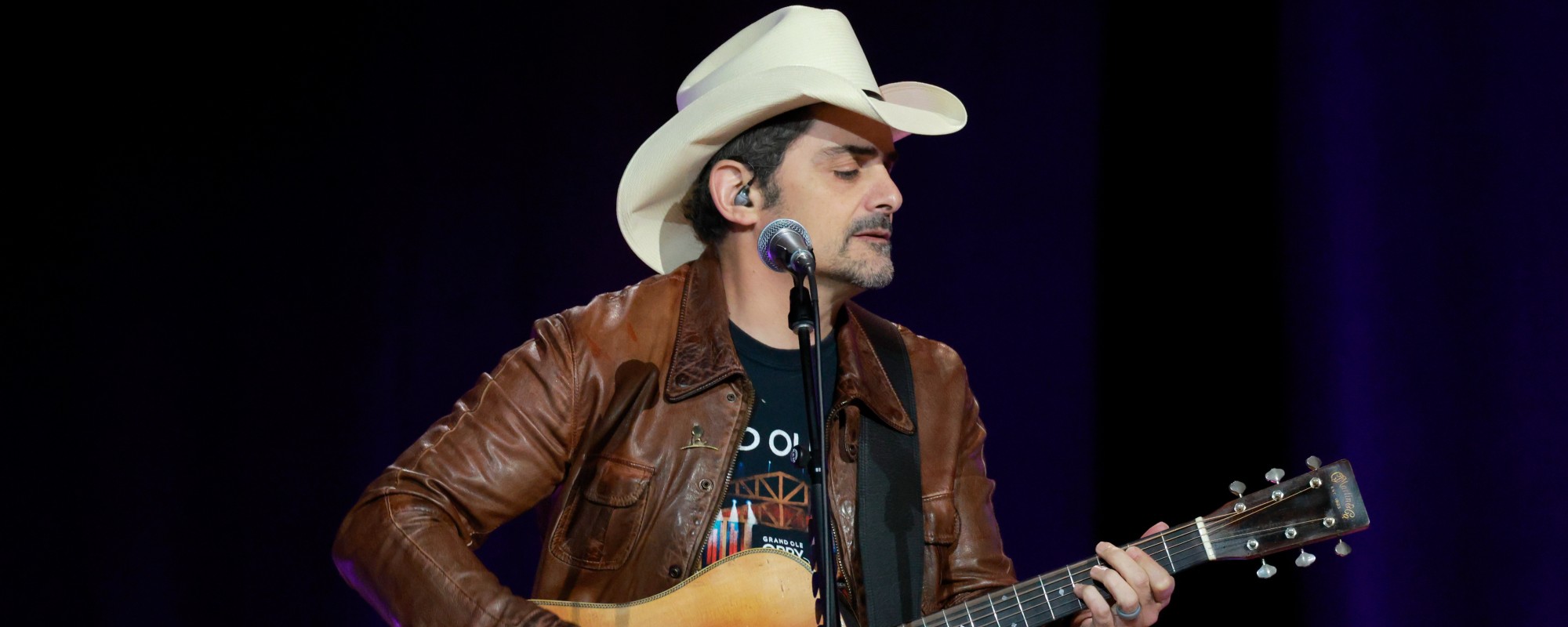
Leave a Reply
Only members can comment. Become a member. Already a member? Log in.